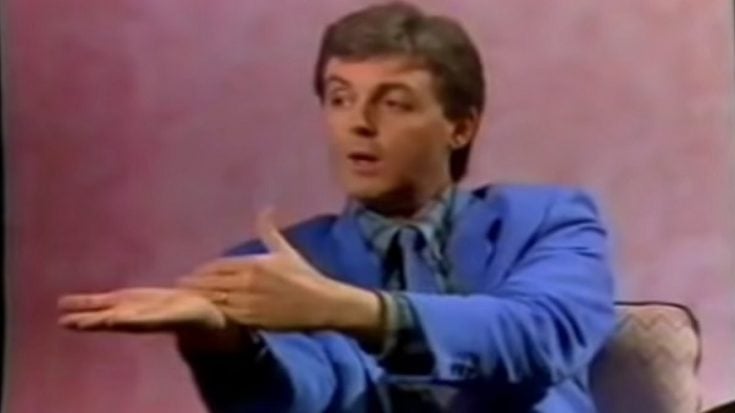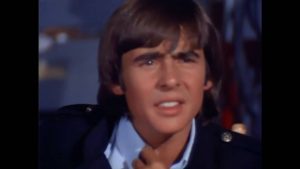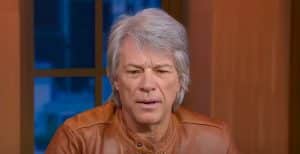Paul McCartney Gave A Condition Before Bad Finger Recorded “Come and Get It”

Paul McCartney - Mezatrol University /YouTube
Badfinger’s 1970 smash “Come and Get It” became a signature song for the band. But the story behind the track goes deeper than just a catchy melody. Not only did a Beatle write the song for them, but he also had a surprising condition before they could record it.
Intrigued? We’re about to delve into the hidden connections between Badfinger and Paul McCartney, explore the meaning behind “Come and Get It,” and uncover the surprising demand McCartney made before letting the band take the reins on this soon-to-be hit.
A band under the Apple tree
Emerging in the early 60s as The Iveys, Badfinger found themselves signed to the legendary Apple Records, the brainchild of The Beatles. While the label boasted a diverse roster, Badfinger stood out with their brand of rock that echoed the Fab Four’s sound – think smart songwriting, infectious melodies, and tight vocal harmonies.
Despite their talent, the band initially felt neglected by the label. In fact, one member, Ron Griffiths, even voiced his frustrations publicly. But as the saying goes, sometimes you have to speak up to be heard.
And in Badfinger’s case, their squeaky wheel strategy was about to pay off in a big way, not just with attention from The Beatles, but with a potential hit single delivered straight to their doorstep.
McCartney’s conditions
McCartney had a song in his pocket, “Come and Get It”. originally intended for the soundtrack of the film The Magic Christian starring his bandmate Ringo Starr. With a clear vision in mind, McCartney felt the track would be a perfect fit for Badfinger. However, his offer came with a twist, as detailed in his own words within The Beatles Anthology:
“I had written and demoed ‘Come and Get It’ myself,” McCartney explained. Taking advantage of his proximity to Abbey Road Studios, he snuck in before a Beatles session and used Ringo’s equipment to lay down a complete demo, including drums, piano, bass, and vocals.
“I said to Badfinger, ‘Alright, this is the song, but it has to be exactly like this demo,'” he continued. The demo, according to McCartney, captured a specific energy he felt was crucial for the song’s success. While Badfinger initially wanted to add their own touches, McCartney was adamant: “‘No, this really is the right way.'”
Hitting the right note
Despite their initial desire to put their own spin on the song, Badfinger ultimately followed McCartney’s instructions. Comparing the demo to Badfinger’s final recording reveals a striking similarity – aside from the distinct vocal difference between McCartney and Badfinger’s lead singer Tom Evans, the two versions are practically identical.
McCartney’s meticulous approach proved to be a golden touch. Recorded just before a Beatles’ Abbey Road session, “Come and Get It” became Badfinger’s first major hit, reaching the Top 10 charts on both sides of the Atlantic.
This marked the beginning of a successful period for the band, paving the way for future power-pop classics like “No Matter What”, “Day After Day”, and “Baby Blue.”
It’s a huckster’s relentless pitch
Macca penned “Come and Get It” during a period of financial turmoil for The Beatles, a theme explored more directly in their Abbey Road track “You Never Give Me Your Money”.
In “Come and Get It”, Paul adopts the persona of a fast-talking huckster, showering listeners with promises of riches through his get-rich-quick schemes.
His spiel is slick and relentless, filled with catchy slogans like “Come and get it” and “You better hurry ’cause it’s going fast”, He assures potential marks that he can provide whatever they desire, anytime: “If you want it anytime, I can get it.”
The character’s facade crumbles slightly when questioned about his legitimacy. He becomes defensive, retorting with indignation: “Did I hear you say that there must be a catch / Will you walk away from a fool and his money?”
Or a message for aspiring musicians?
The underlying message in “Come and Get It” goes beyond the flashy presentation. The true “fools” are those who fall for the huckster’s empty promises. Perhaps, McCartney was subtly sending a message to young musicians – a world he certainly understood.
The song could be interpreted as a warning against trusting anyone offering quick and easy success in the music industry.
This adds a layer of irony to the story. Here’s McCartney, a member of arguably the biggest band ever, offering a song about skepticism towards promises of fame and fortune. Yet, when he presented “Come and Get It” to Badfinger with a similar promise of a hit, it delivered exactly that.











